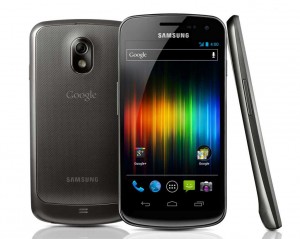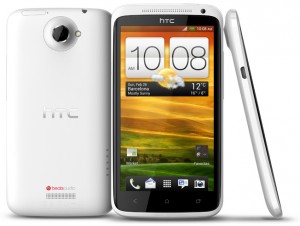Thin is In – What are the Thinnest Phones on the Market?
 When it comes to smartphones, style is a big deal – it’s one of the reasons the iPhone is the single best selling phone on the market. Unsurprisingly, slimness is a major selling point for anyone who wants a stylish phone, but while the iPhone was the thinnest of them all for a while, it has become a bit of a fatty compared to current offerings (though that could change when the iPhone 5 comes out later this year). So what are today’s thinnest phones?
When it comes to smartphones, style is a big deal – it’s one of the reasons the iPhone is the single best selling phone on the market. Unsurprisingly, slimness is a major selling point for anyone who wants a stylish phone, but while the iPhone was the thinnest of them all for a while, it has become a bit of a fatty compared to current offerings (though that could change when the iPhone 5 comes out later this year). So what are today’s thinnest phones?
Back in the pre-smartphone days, the RAZR was one of the hottest phones, thanks largely to its half-inch thickness (14mm). Now the RAZR is back, and in smartphone form, sporting Android no less. At 7.1mm thin, the Droid RAZR is currently the slimmest phone on the market, and maintaining its slim figure while sporting a 1.2GHz dual-core processor and LTE 4G capability is even more impressive. On the downside, battery life suffers considerably; however, the Droid RAZR MAXX has a much larger battery though weighs in at 8.99mm thick.
 At 7.8mm thin, the One S is one of the thinnest, fastest, globally available GSM smartphones on the market. Its 1.5GHz dual-core Snapdragon S4 processor consistently posts top scores on both performance and battery benchmarks. Unlike most super thin phones, the One S actually stands a solid chance of making it through the day on a single charge.
At 7.8mm thin, the One S is one of the thinnest, fastest, globally available GSM smartphones on the market. Its 1.5GHz dual-core Snapdragon S4 processor consistently posts top scores on both performance and battery benchmarks. Unlike most super thin phones, the One S actually stands a solid chance of making it through the day on a single charge.
The Galaxy S III is one of the latest smartphones to hit the market, and as expected, it’s quite thin. At 8.6mm, it’s only 1mm thicker than its predecessor, the Galaxy S II, but the extra girth certainly isn’t wasted space. Sporting a 1.4GHz quad-core Exynos processor, the S III stands to be one of the fastest phones on the market. Its 2100mAh battery also bodes well for its battery life.
 The Galaxy Nexus, Google’s latest “Pure Google” Android phone, is exceptionally striking with sleek lines and a unique concave display. At just 8.9mm thick, it’s also exceptionally thin. It features similar specs to the Droid RAZR (ie: 1.2GHz dual-core processor); however, it has a larger, higher resolution display. The LTE version of the Galaxy Nexus is slightly thicker in order to accommodate a larger battery.
The Galaxy Nexus, Google’s latest “Pure Google” Android phone, is exceptionally striking with sleek lines and a unique concave display. At just 8.9mm thick, it’s also exceptionally thin. It features similar specs to the Droid RAZR (ie: 1.2GHz dual-core processor); however, it has a larger, higher resolution display. The LTE version of the Galaxy Nexus is slightly thicker in order to accommodate a larger battery.
Recently displaced by the Galaxy S III as the worlds more recent smartphone, the One X is still an amazingly powerful device in a very thin shell. Its 8.9mm thickness won’t be any more noticeably thicker than the S III’s 8.6mm, but the One X has the major advantage of already being available in the U.S. Both Sprint and AT&T carry it (as the EVO LTE and One X respectively). Like the S III, the One X features a powerful quad-core processor; however, some U.S. variants feature a similarly powerful dual-core instead (this may turn out to be the case for the Galaxy S III as well).
Now, there are other super thin phones on the market, such as the Sony Xperia GX, Huawei Ascend P1, and Panasonic Eluga DL1 to name a few. We’ve selected only the most popular of them. Plus, with manufacturers like Oppo and ZTE teasing phones down to 6.2mm thin, we might have to revisit this topic in the not so distant future.




